This project is my attempt to perfect a simple low tech power producing soil microbial fuel cell. I've been working on it and collecting data for several months now and will be sharing updates and design changes as well as attempting to develop it into a system for the production of useful clean power.
I intend to build at least 2 or 3 more of these in order to tune the design and components, it's a hurry up and wait kind of game. As each new cell stabilizes and is removed from incubation I will add another pair of meters to the board and a new cell will be constructed. I'll update the instructions as I make improvements and create a new project for the MFC battery when it becomes a thing.
 williamolyolson
williamolyolson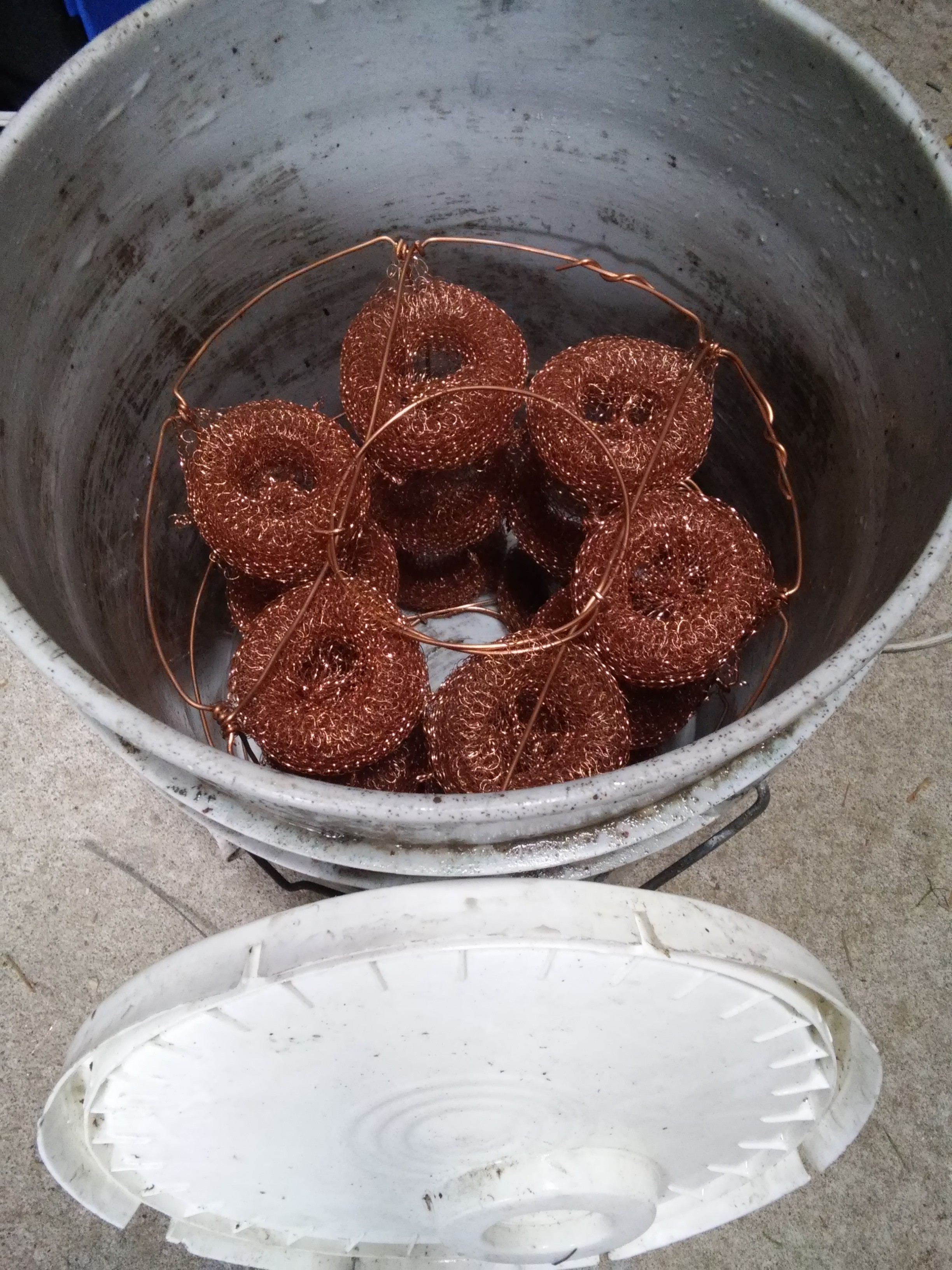
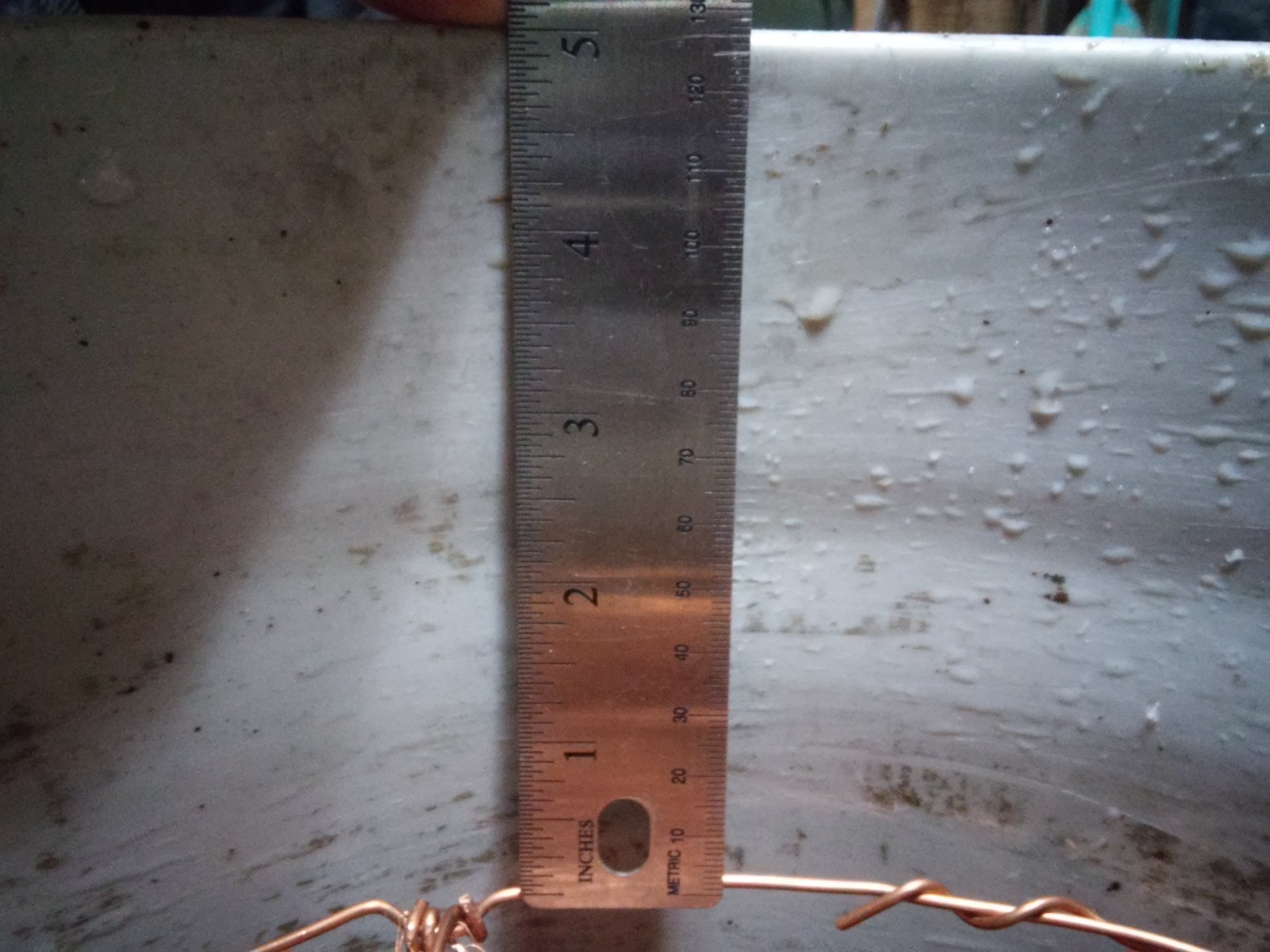
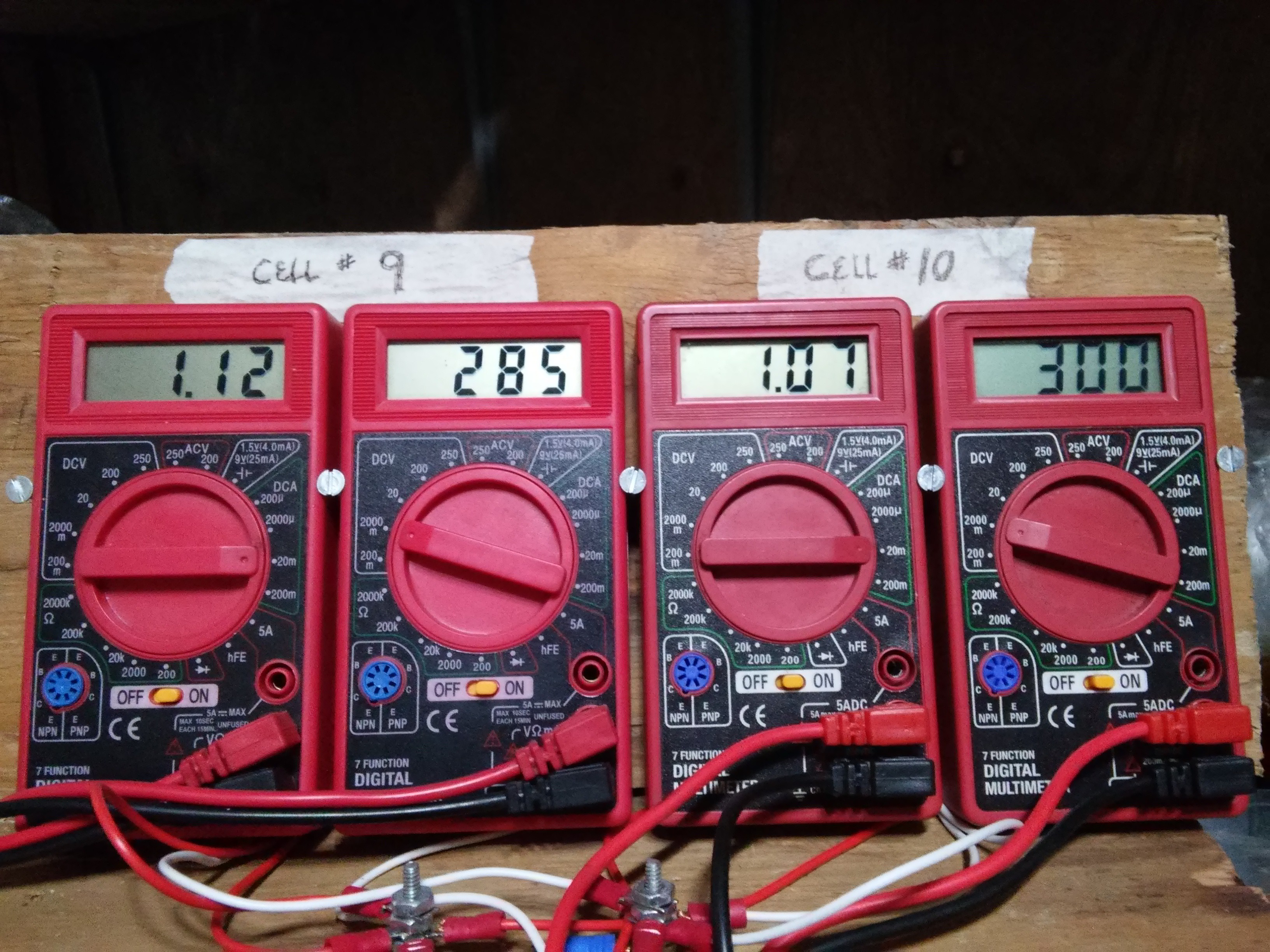
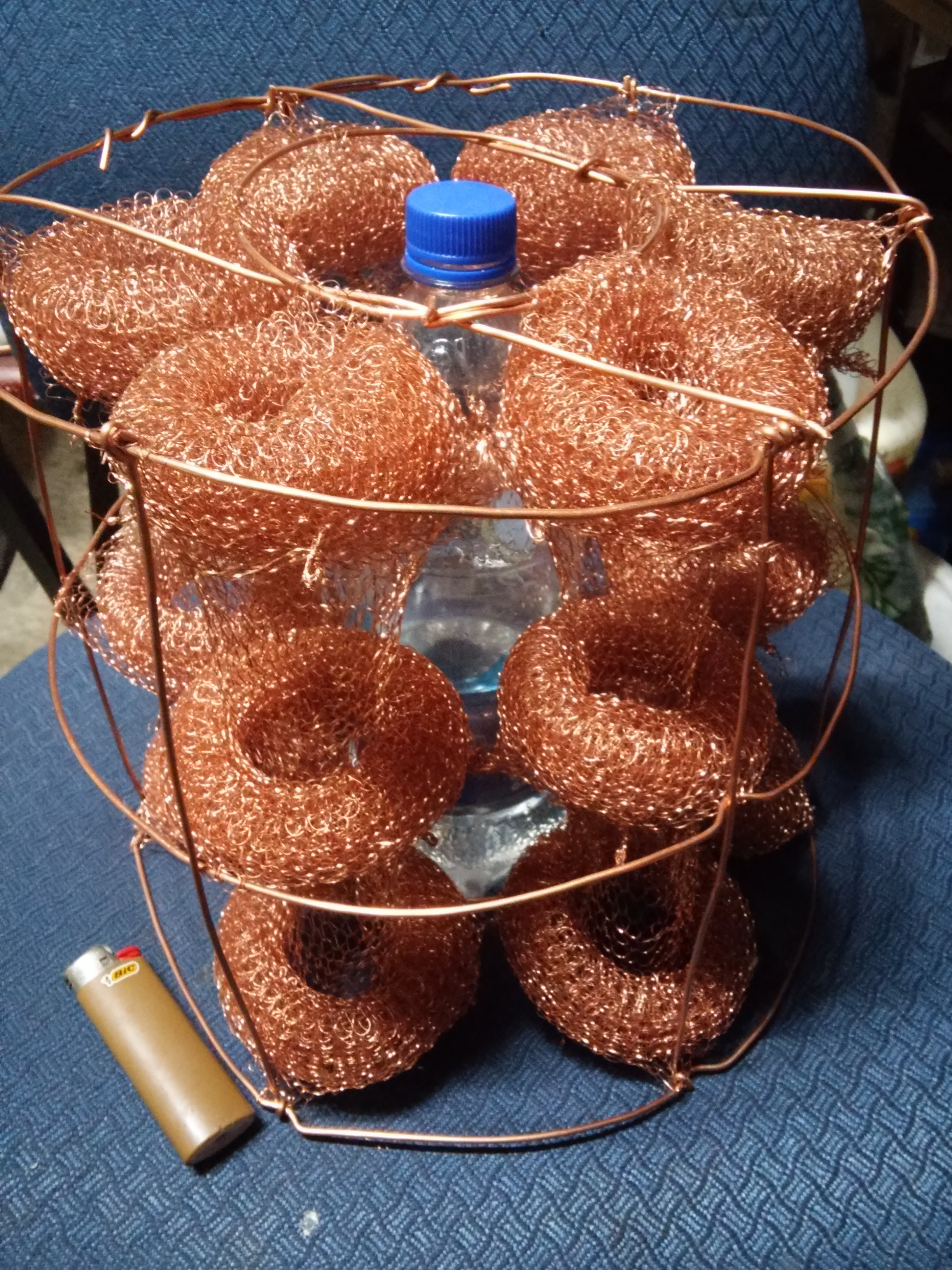
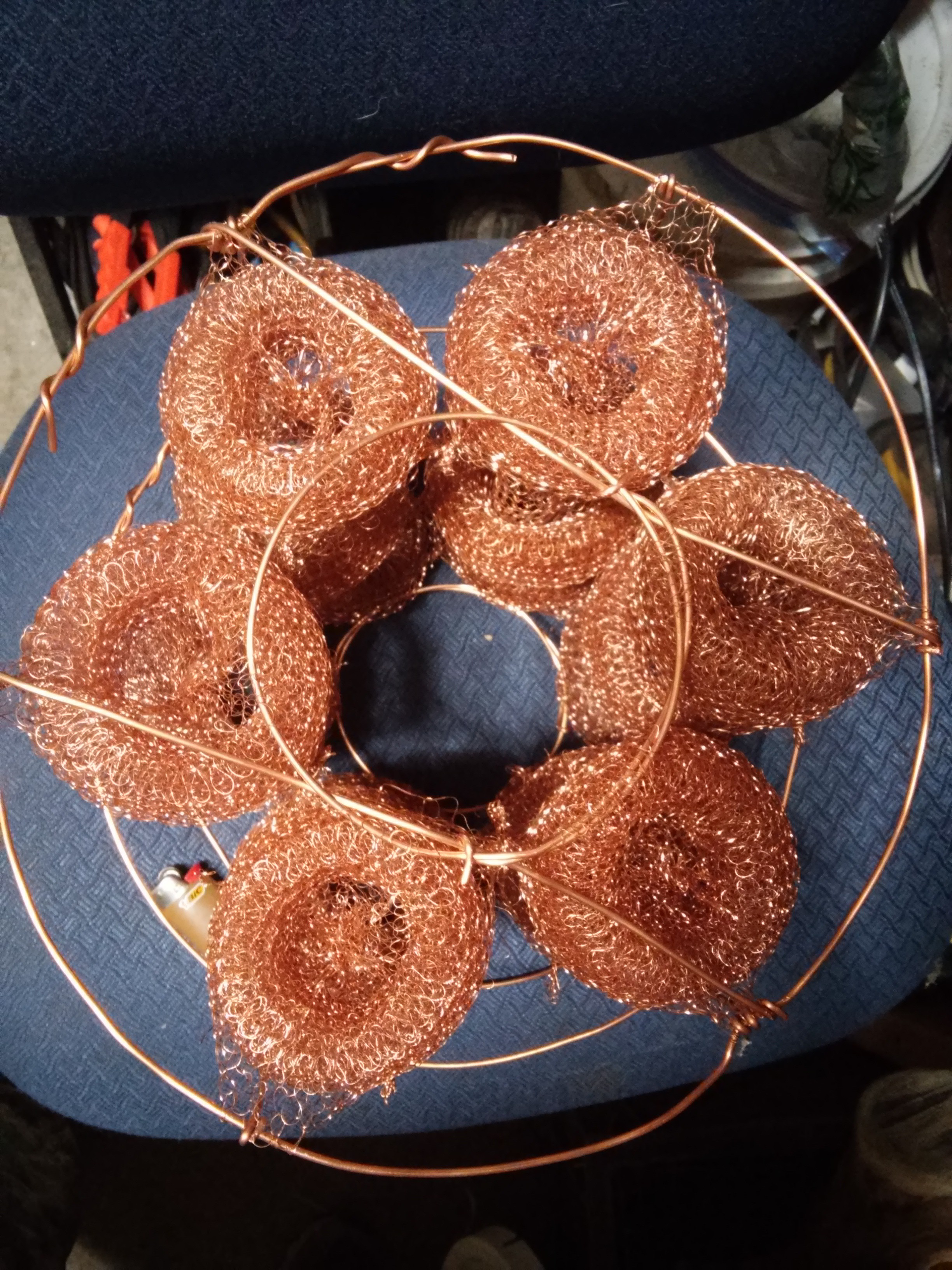
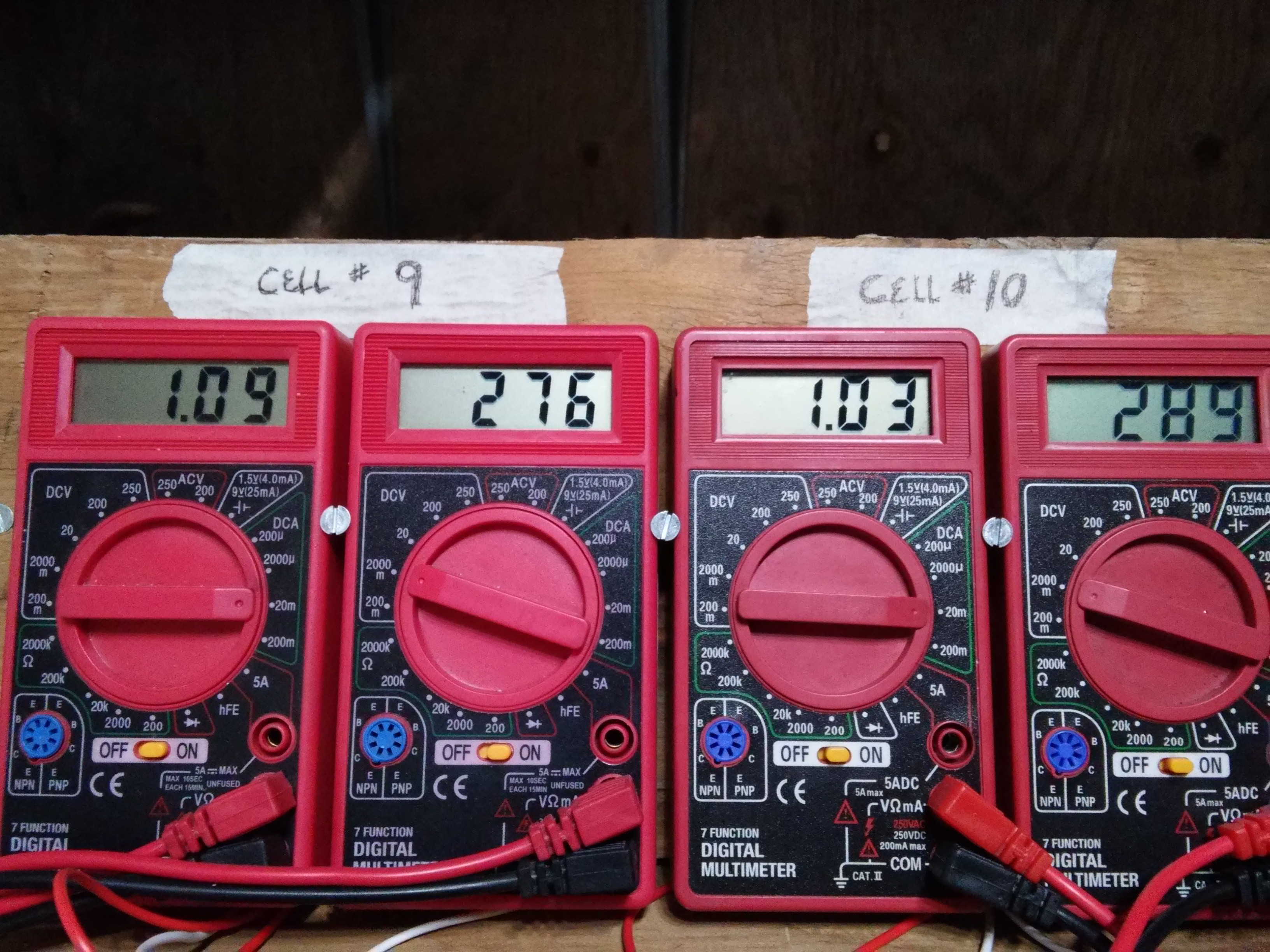
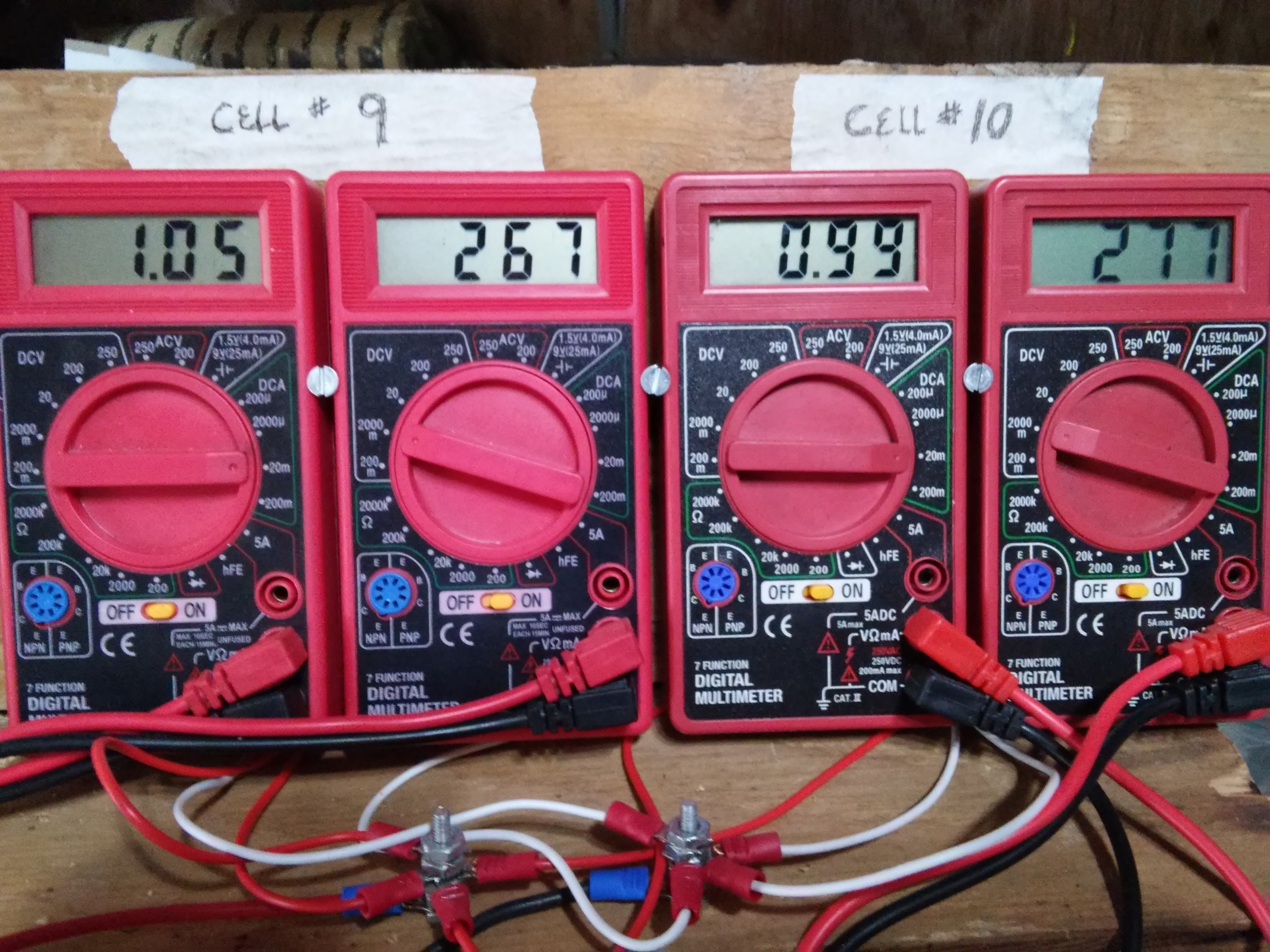
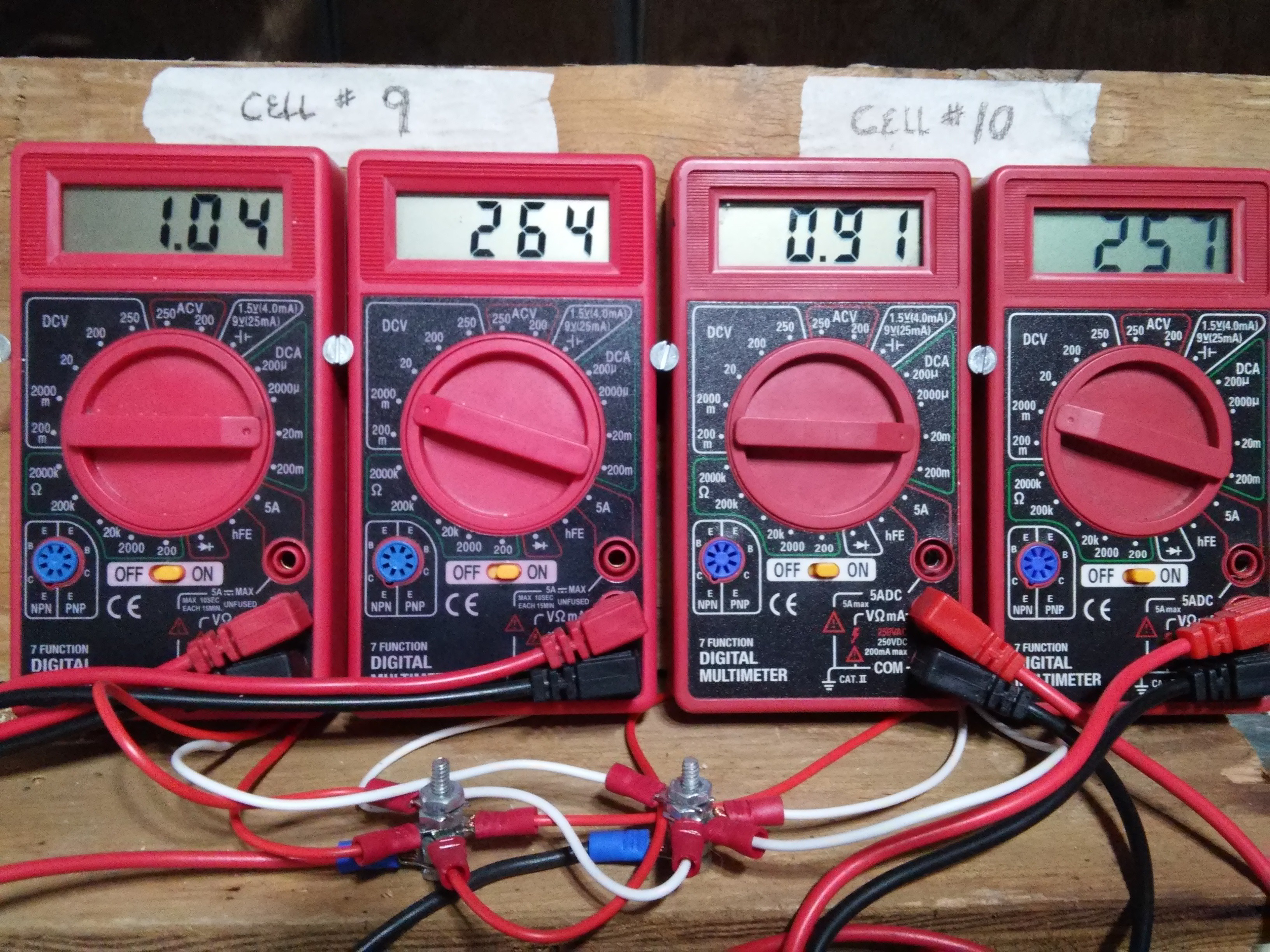
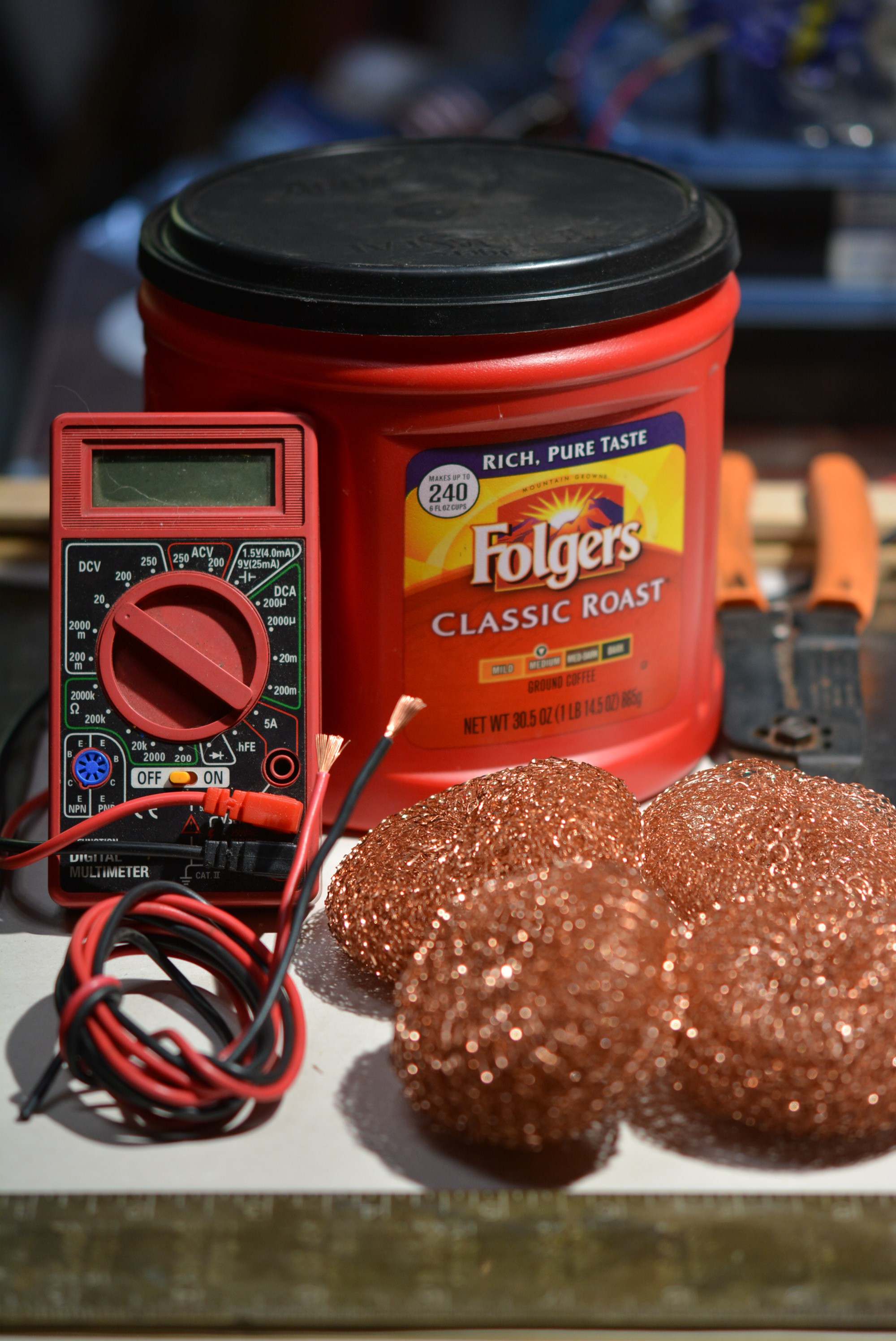

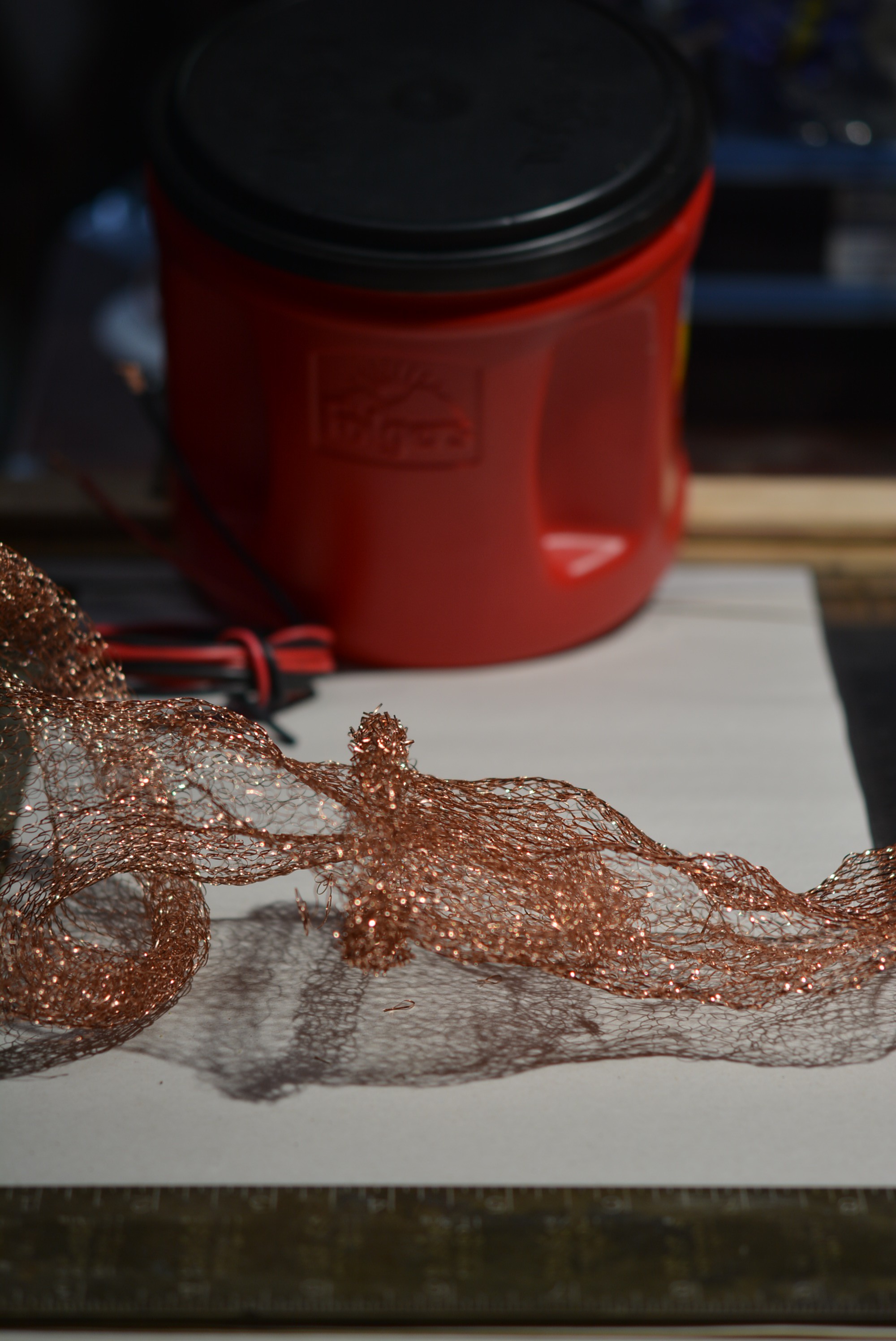
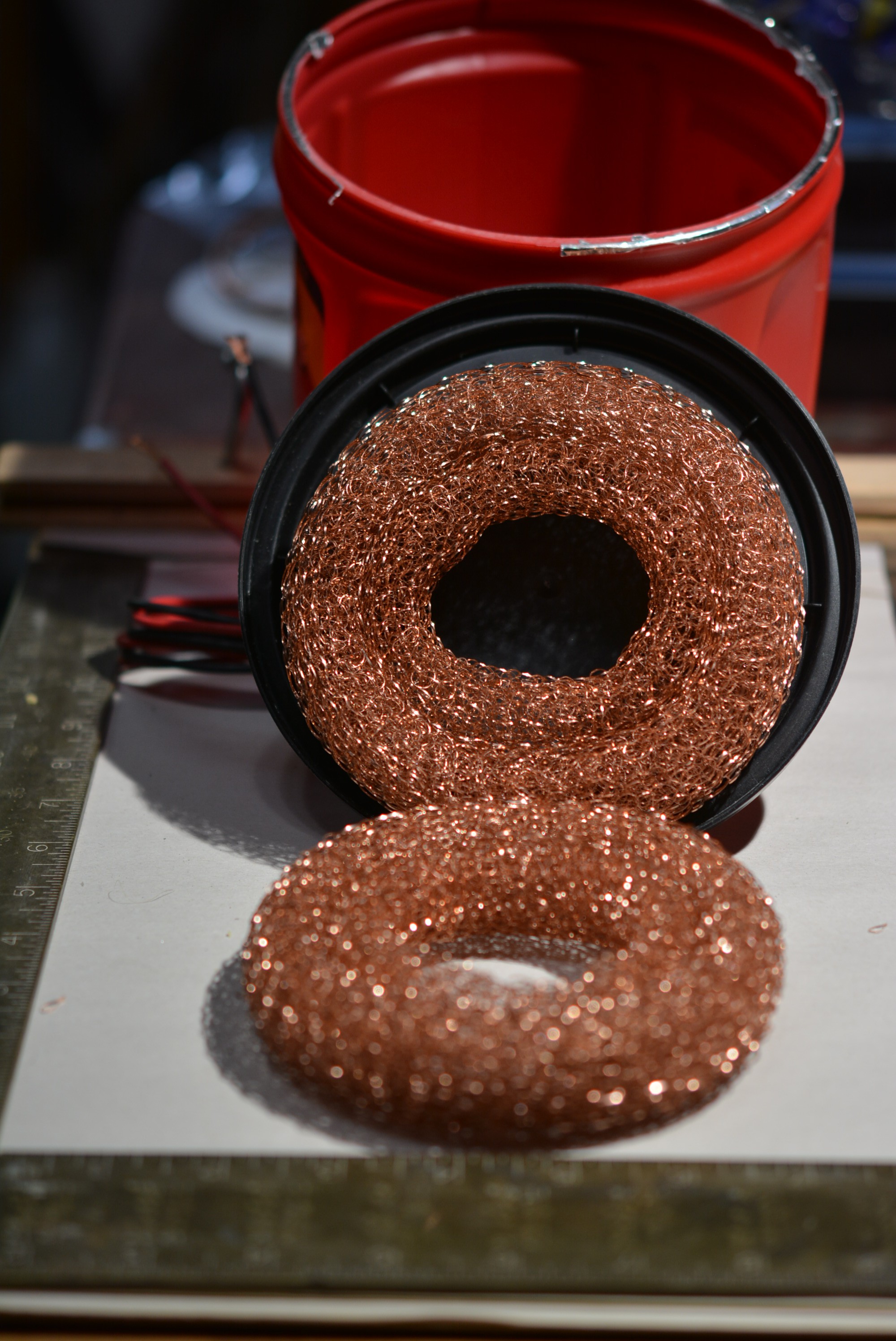 Here are 2 complete electrodes.
Here are 2 complete electrodes.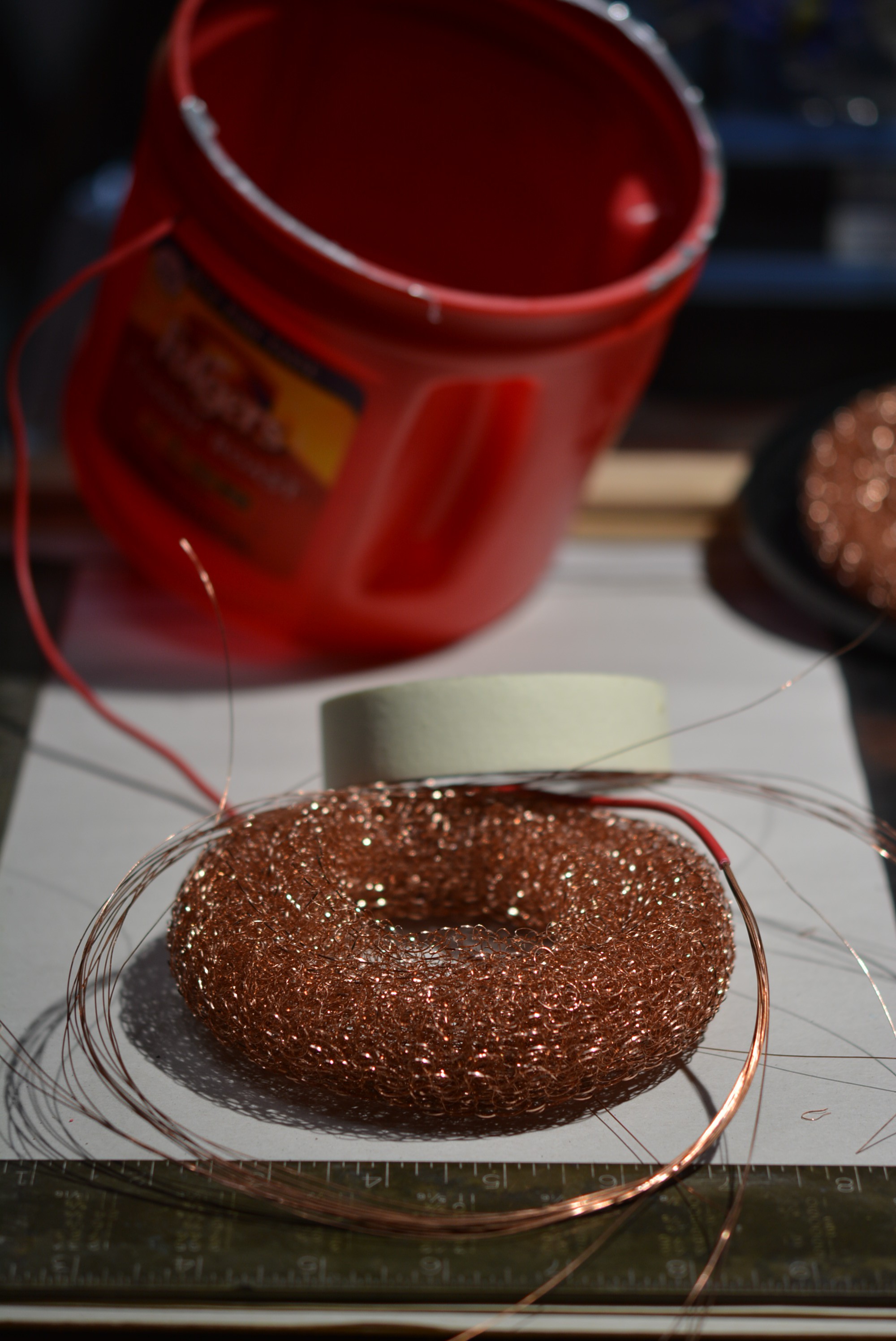
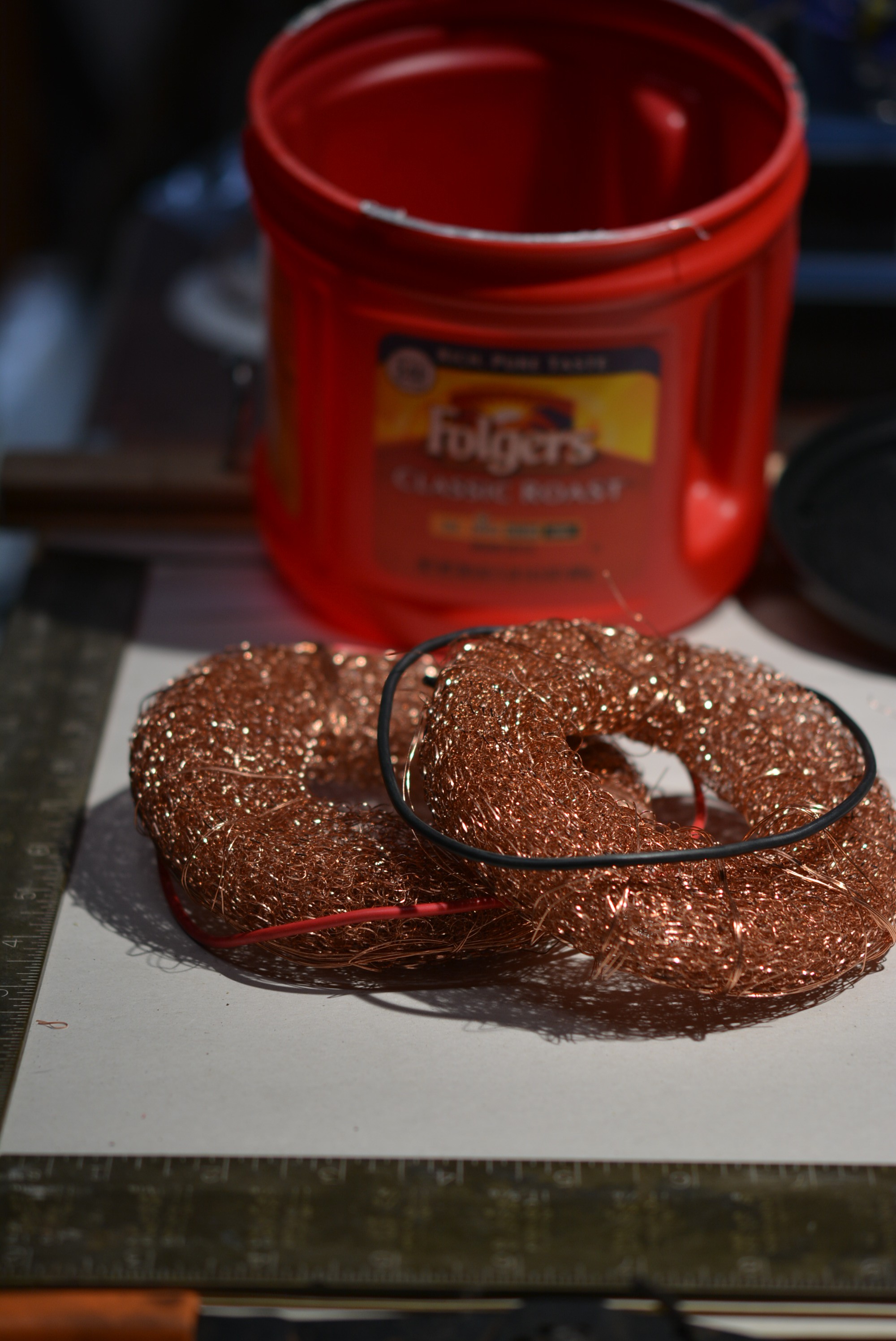




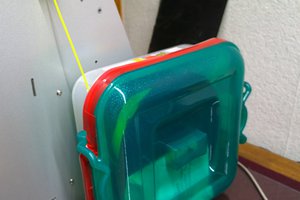
 DeepSOIC
DeepSOIC
 Mike Rigsby
Mike Rigsby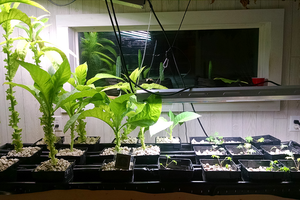
 justin
justin
Really interesting project, I'm going to have to look into setting something like this up.
Is there a reason for horizontal anode\cathode rather than vertical?